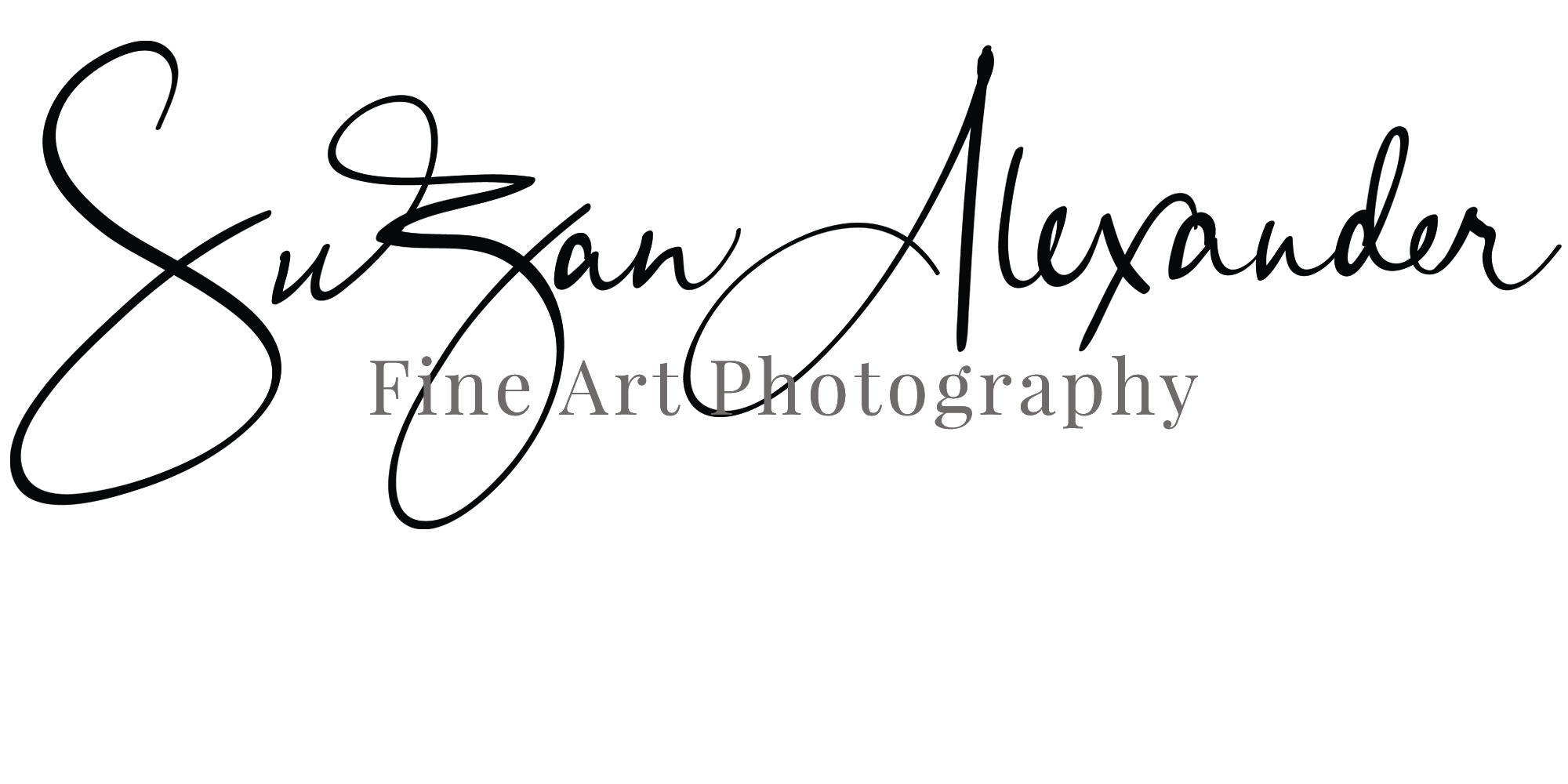COMPOSITION LITE - RULE OF THIRDS
I have been planning a series of blog posts to share studies of design, light,… you know, those fundamental subjects that you will always be learning and relearning. Each month I post something else in their place because I am never sure if this would be something a reader would enjoy... Well, this month, I decided everyone might benefit from a study (or refresher) in composition. It seems like everyone is taking photos in some form these days, so why not know the “rules”.
COMPOSITION LITE
I sometimes set goals for myself to study a subject in depth. A few years ago, my deep-dive study was composition, the mathematics behind it, etc. I have books, notes, note cards, etc. Don’t worry. I’m not going to geek out on you, but I’ll try to post references in case you are interested in studying further. Since I am going to try to make this fun rather than geeky, maybe we will refer to this as “Composition Lite”.
I also have a confession to make. I have been reviewing my work to create some portfolios, and I realized that:
for whatever reason, the majority of my images are captured in portrait, or vertical, orientation - even the landscapes (insert GASP!); and
when I am composing an image in the camera, I find that the “rule of thirds” is my go-to composition solution.
So, it’s time to shake things up in my own work. This post is a challenge for me to be actively thinking about different ways to capture an image. I hope you will take the challenge with me, or at least experiment with something outside your comfort zone as we work through some of these composition “formulas”. So, let us get the Rule of Thirds behind us so we can move on to other options, shall we?
RULE OF THIRDS
You have probably heard that you should not place the subject, or center of interest, in the center of your frame. There are all kinds of adages like “Dead center is dead wrong”, etc. Keep in mind, there are always exceptions to these rules, but here is where the Rule of Thirds can help you out a bit. In effect, it acts as “insurance” for keeping the subject out of the center of the canvas.
It is really a whole messy mathematic formula, but someone decided to simplify it and suggested that you think of your canvas as being divided into thirds, both horizontally and vertically. The resulting grid is similar to the results you would get with the formula and allows you to achieve comparable results. As a bonus, the thirds “grid” makes it much easier to remember and put into practice too.
So now that you are thinking of your canvas as a grid, now what? If you place the action, or point of interest, either along the lines or, alternatively, the intersection of the four resulting points, you will create a composition that is more pleasing. While the lines are good, these four intersecting points are considered the prime real estate of your photographic canvas.
TIP: When you take a picture of your family, friend, pet… place their eye at one of the intersecting points and give a little “room” to the area where they are gazing.
As a general rule, I do not take a lot of photos of people like I mentioned in the tip above. I do, however, have these little beauties of a swimming pool drain. Doesn’t everyone take photos of the hotel swimming pool drain? No?! Well, just look at how they show off their Rule of Third-ness. (yep, I totally made up that third-ness thing) I included red lines to make it easier to visualize the "grid" intersection points.
Another way to use the Rule of Thirds is to have the interest, or subject, in one of the three divisions. In this case, it is the top third. See how the door handle of the Studebaker falls into the top third and sort of follows that top horizontal line?
Okay, now it’s your turn to go out and practice seeing Rule of Thirds compositions. Post a few of your images here, on my Facebook Page, or tag me on Instagram if you like. I’ll meet you back with another composition to practice next month.
Sources:
The Elements of Dynamic Symmetry by Jay Hambidge
Rule of Thirds - Wikipedia
20 Composition Techniques That Will Improve Your Photos








